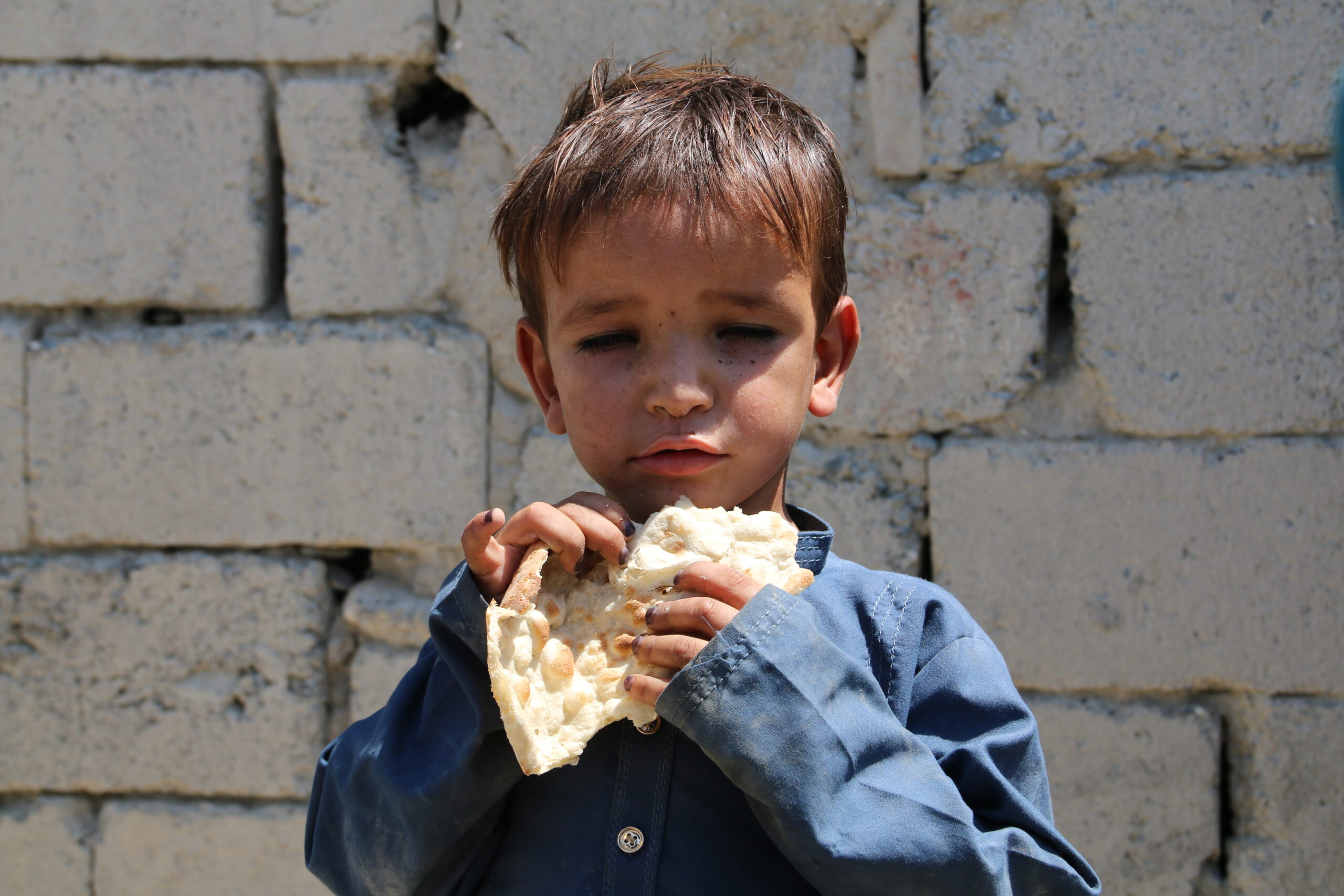For World Food Day, October 16, 2024, the Afghan Times and IUF Asia/Pacific released a report “Women and Food Insecurity in Afghanistan” highlighting the country’s worsening food crisis, deteriorating health conditions, and rising malnutrition, exacerbated by the Taliban’s systematic repression on women and girls’ rights.
Farmers’ Struggles: Afghanistan’s farmers, the backbone of the nation’s food system, are grappling with relentless challenges. One farmer from Herat shared, “We used to grow wheat, but now our fields are dry, and the rivers have stopped flowing. The drought has taken everything.” Farmers are not only battling extreme weather but also the devastating impacts of ongoing conflict. Many have turned to growing opium poppies, not by choice, but out of sheer necessity, as one farmer explains: “When we cannot feed our children, we have no other option.”
Women and Children: The brunt of food insecurity is felt most acutely by women and children. In a clinic in Kandahar, a nurse shares, “Every day we see children who are severely malnourished. Their mothers can’t produce milk, and there’s nothing to feed them.” The toll of hunger on Afghanistan’s youngest generation is profound, with thousands suffering from stunting and wasting due to chronic malnutrition.
Women’s Role in Food Production: Afghan women have long been the invisible pillars of food security, especially in rural areas where they tend to livestock, maintain gardens, and manage household food supplies. However, under current conditions, many women face increasing restrictions that limit their involvement in agriculture. One woman farmer notes, “We know how to farm, but we are not allowed to go to the fields. Our hands are tied.” This exclusion not only weakens household food security but also strips women of their agency and role in sustaining communities.
Urban Food Access: In urban centers like Kabul, food insecurity manifests differently. While food may be available, soaring prices put even basic staples out of reach for many. “We go to the market, but the prices are too high. We return with empty hands,” says an unemployed father in Kabul. Urban households, especially those relying on unstable incomes, are forced to reduce their food intake or resort to lower-quality options, further deepening the health crisis.
Rural Food Access: In contrast, rural communities face more severe challenges in accessing food. Cut off by damaged roads, conflict zones, and a lack of infrastructure, many villages are entirely reliant on what little they can grow themselves. As one rural elder explains, “When the roads are closed, we are completely forgotten. No food, no help, nothing.”The remoteness of these areas makes it nearly impossible to deliver aid consistently, leaving many rural Afghans on the brink of starvation.
Coping Mechanisms: In both rural and urban areas, families are developing desperate coping strategies to survive. In the cities, families often reduce meals or rely on informal support networks. In rural villages, community solidarity plays a crucial role, with neighbors sharing what little they have left. “We survive because we help each other,” says a farmer in a remote village. Yet, in both settings, migration has become a last resort, with many leaving their homes in search of food, only to face new uncertainties in overcrowded urban centers.
